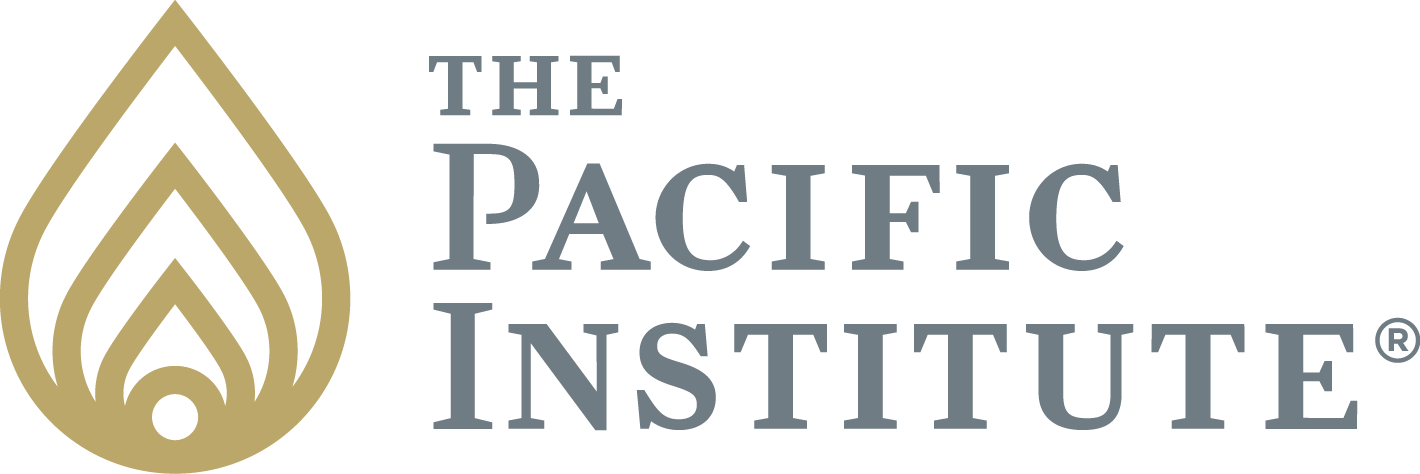Improving Change Management Plan Development with Leadership Coaching
Written by The Pacific Institute
| June 3, 2025

Have you ever actually felt happy the morning after your phone automatically updates?
Your phone’s new navigation or subtly different icon shape may grow on you over time, but when you first get hit with the unexpected change, you probably feel pretty annoyed.
This is true whether the update is good or bad, helpful or harmful, because that kneejerk feeling of irritation has little to do with logic and everything to do with human beings being hardwired to hate change.
When a business goes through a major change, it needs an airtight change management plan to get ahead of that hardwiring. Otherwise, employees’ responses to altering the way they work won’t be great.
However, great leaders can nip the instinctual irritation in the bud with a combination of smart change management and compassionate, respectful leadership. These two ingredients can help every team member feel comfortable with—and maybe even excited about—change.
The Problem with Change
If you put yourself in your employees’ shoes, it’s easy to understand why change can prompt negative feelings.
When a company undergoes major changes, employees may feel confused or uncertain about what’s now expected of them. They might be asked to alter or throw out processes that they’ve worked hard to hone, or abandon relationships with colleagues and managers that they’ve spent years cultivating. In some circumstances, they may even be afraid for their jobs.
At the same time, employees might need to quickly adapt to a new culture, learn new tools or processes, and work with new teammates—all while trying not to disrupt day-to-day business.
On top of that, research shows that in most cases, day-to-day business does get disrupted—sometimes to the point where the company suffers. L.E.K. Consulting once analyzed 2,500 mergers and acquisitions across 25 years and found that on average, shareholder returns drop 10% in the years immediately following an M&A, one of the most common types of organizational change.
Why does this happen? It would probably require a book to explore all the reasons, but most are directly or indirectly related to leadership’s behaviors and attitudes.
For example, Prosci identifies communication issues between leaders and employees as a top reason a change management plan fails. Another is change resistance, an attitude that originates among employees but can only be addressed by leadership.
More concrete issues, like an ill-defined strategy or poor project management, also influence the success of organizational change. But even these practical factors are influenced by the quality of a leadership team. If a strategy is otherwise sound but is carried out in a purely top-down, authoritarian manner, you risk causing more resentment or damaging company culture.
How to Improve Employee Morale During Change
So, what does good leadership during change look like?
For one, you must use proactive employee retention strategies to help lessen the negative impacts of a change. Ultimately, this boils down to respecting employees and showing empathy toward their concerns. Leaders who internalize these attitudes tend to:
- Overcommunicate. Most organizations announce a major change before it happens, but they don’t explain why it’s happening, and they don’t follow up. Effective leaders communicate consistently throughout the process with the goal of being as transparent as possible.
- Listen to employees’ concerns. Employees will be more engaged at work, even during a period of change, if they feel they have agency and are being listened to. Giving everyone—even your most change-resistant employees—a chance to speak up grants them that agency.
- Reinforce and model the change. People will naturally revert to old habits whenever given the chance. Regularly checking in with teams to make sure they’ve adopted the change helps make it stick. It also helps if you act as a role model by fully embracing whatever new process, tool, or culture you’re rolling out.
- Collaborate with employees – The strongest ideas often come from the people who are in the trenches every day, and great leaders have the humility to recognize this. A report from Gartner found that “the best organizations rely on their workforce, not just executives, to lead change.”
Some of these actions can feel like a nuisance or even a hindrance, especially when trying to get through a change management plan on a tight timeline. They require you to slow down, communicate carefully, and listen to those who may disagree with you. This is much more than a few simple actions; it’s an entirely new approach to leadership.
It’s as necessary as it is difficult, though. And to make it less difficult, you can always bring in outside help.
The Role of Leadership Coaching
If you’re struggling with how to improve employee morale during a major change, one of the most effective fixes is to work with a leadership coach.
Leadership coaches can help your executive team recognize and confront the habits and mindsets that keep you trapped in behavioral patterns that might damage morale. For example, a coach may help you recognize and overcome the tendency to make changes quickly without waiting for employee input. Or, they might help you nurture the humility to hear other viewpoints, empowering you to let go of the need to have all the answers.
Researchers have found that leadership coaching has positive impacts during a major change like an M&A, with the potential to ease emotional strain, increase collaboration, and improve leadership competencies.
These benefits have knock-on effects that spread throughout the entire organization, helping improve morale, strengthen trust, and ultimately, get employee support in implementing your change management plan.
Lead Your Organization to Change Management Success
If you put yourself in your employees’ shoes, it’s easy to understand why great leaders make change initiatives feel positive.
Leaders who communicate frequently and transparently can ease some of the doubts and confusion that a change brings. Those who listen to employees help them feel heard and validated. And those who work collaboratively to ensure employees’ hard-earned wisdom is incorporated into the change management plan cultivate a culture of respect and collaboration.
To build these skills in leaders and learn other tactics to inform better change management preparedness and employee retention strategies, organizations can partner with experienced coaches accustomed to helping leaders become more compassionate and communicative.
For example, The Pacific Institute employs mental technology that helps you break down mindsets that hold you back and build more positive ones in their place. Founded on cognitive and behavioral psychology, TPI’s proven approach builds the kind of robust emotional intelligence that prevents change initiatives from failing.
To learn how you can successfully lead through change, book a consultation today.





